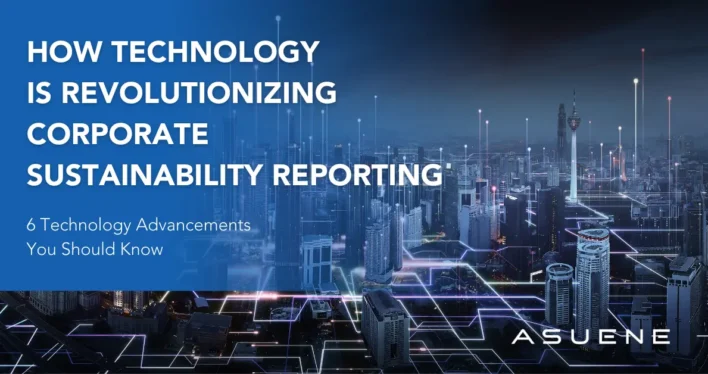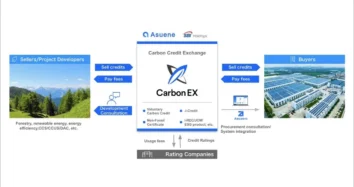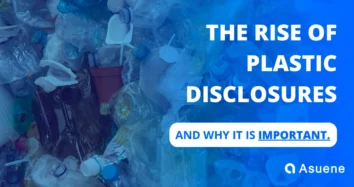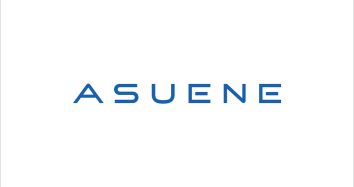In the ever-evolving landscape of corporate responsibility, U.S. companies are under increasing pressure to not only act sustainably but also to report these efforts transparently. The task of sustainability reporting, particularly in tracking greenhouse gas (GHG) emissions and adhering to reporting standards is daunting. However, the revolution of technology offers hope, transforming this complex process into a manageable, accurate, and efficient operation. Highlighting cutting-edge solutions like ASUENE’s platform, this article unveils how technology advancements could significantly enhance sustainability reporting for businesses.
Automated Data Collection with IoT and Sensors
The deployment of Internet of Things (IoT) devices and sensors across operations enables real-time, continuous data collection on energy usage, GHG emissions, water consumption, and waste generation. This automation reduces human error and labor costs associated with manual data entry, ensuring data accuracy and timeliness. Sensors can monitor environmental conditions both within facilities and in external operations, providing a comprehensive data set that underpins reliable sustainability reporting.
Cloud Computing and Big Data

Cloud-based platforms serve as central repositories for sustainability data, allowing for secure storage, easy access, and scalable management of vast datasets. Big data analytics applied to this data can reveal patterns, trends, and insights previously obscured by the sheer volume of information, enabling more informed decision-making and more nuanced sustainability reporting.
Advanced Analytics and AI
Artificial Intelligence (AI) and machine learning algorithms analyze sustainability data to identify efficiencies, predict future trends, and optimize resource use. These technologies can automate the calculation of carbon footprints, forecast the impact of sustainability initiatives, and suggest areas for improvement. By leveraging AI, companies can enhance the precision of their sustainability reports and develop forward-looking strategies that anticipate and mitigate environmental impacts.
Blockchain for Trust and Transparency
Blockchain technology provides an immutable record of sustainability claims and data, enhancing the credibility and verifiability of reports. It can track the provenance of raw materials to ensure they meet sustainability criteria, record transactions transparently, and verify the authenticity of carbon credits or offsets. Blockchain’s role in sustainability reporting lies in its ability to foster trust among stakeholders, including investors, regulators, and consumers, by providing a transparent and tamper-proof account of a company’s environmental performance.
Digital Twins for Environmental Simulation
Digital twins create virtual models of physical assets or processes, enabling companies to simulate the environmental impacts of various scenarios. This technology can be used to model the effects of operational changes on sustainability metrics, such as energy efficiency or waste reduction, before implementing them in the real world. Digital twins help companies to plan and report on their sustainability strategies with greater accuracy, basing their reports on detailed simulations rather than estimates.
Interactive Dashboards and Reporting
Modern sustainability reporting tools often feature interactive dashboards that provide real-time insights into environmental performance. These dashboards allow for dynamic visualization of data, making it easier for various stakeholders to understand complex information. Interactive reports can be customized to meet the needs of different audiences, from internal management to external investors, enhancing the accessibility and usability of sustainability information.
Spotlight on ASUENE’s Innovative Platform
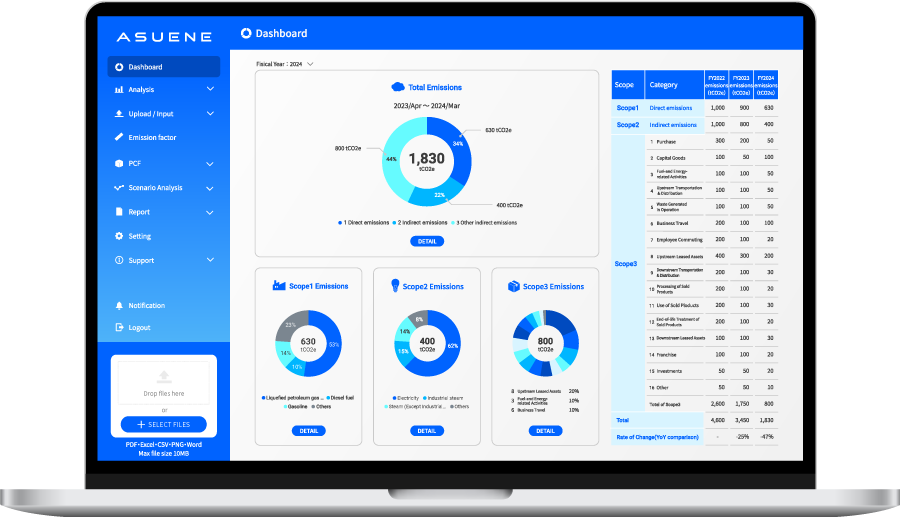
ASUENE emerges as a standout example of how technology is transforming environmental reporting for U.S. companies. Our platform specifically addresses the complexities of managing and reporting on sustainability initiatives by providing:
- Streamlined GHG Calculations: ASUENE enables organizations to effortlessly calculate and visualize their greenhouse gas emissions, simplifying what has traditionally been a complex and time-consuming process.
- Seamless Integration: ASUENE’s platform integrates with existing operational systems, automating data collection and ensuring that all sustainability-related information is accurately captured and centralized.
- Real-time Monitoring: It provides real-time insights into GHG emissions and other environmental metrics with a friendly interface, allowing companies to monitor their performance continuously and make adjustments as needed.
- Comprehensive Sustainability Solutions: Beyond emissions calculations, ASUENE provides sustainability consulting to guide strategic environmental decisions; carbon offsetting options for achievin@g net-zero targets; and dedicated support for compliance with key initiatives like TCFD, SBTi, and PCAF.
In today’s landscape, where sustainability reporting is increasingly recognized as essential for regulatory compliance and a reflection of corporate responsibility, the contribution of technology is immensely valuable. Platforms like ASUENE stand out as key enablers in this domain, offering not just operational efficiencies and enhanced accuracy in environmental reporting but also acting as drivers for sustainable transformation. For U.S. companies seeking to excel in sustainability reporting, adopting such technological solutions is not merely beneficial—it’s a strategic necessity.
